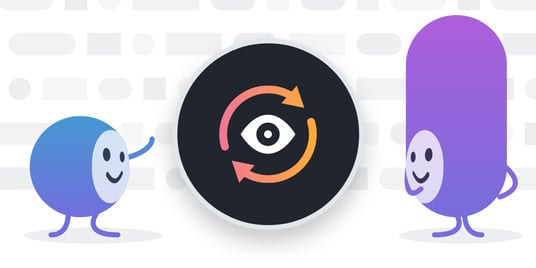The most radical changes required to reach DevOps aren’t technological, they’re organizational. Breaking down the workflow silos that have defined software development for decades takes sustained, measurable momentum that can be challenging to maintain long-term. But without effective cultural changes, any DevOps investments in technology, training, or people will fail to reach their full potential.
As a pillar of DevOps adoption, automated testing is a central component of building new, collaborative workflows. For QA teams to fully shift to quality coaching as a part of building a culture of quality, they need to be able work cross functionally. Though DevOps and collaboration look different for every organization, there are a few strategies that can make the changes smoother and more sustainable.
Create Opportunities for Collaboration
Given that just 11% of teams say they’re fully DevOps, most teams currently in relatively siloed, especially between QE and developers.
Based on the 2021 State of Testing in DevOps Report, a plurality of teams in the aspiring, striding, and even mostly DevOps teams rely on workflows that push testing into separate stages right before code is released. To break that pattern, quality teams need to create new opportunities to collaborate with other teams as new testing strategies are adopted.
In the early stages of creating a culture of quality, this can include programs like scheduled office hours, where developers can meet with testers one-on-one to work through automated testing questions, learning new test automation tools, and improve their understanding of quality engineering. Other collaborative learning strategies, such as lunch and learn discussions, Elmer Fudds (team-wide bug hunting sessions), and dedicated Slack or Teams channels specifically for quality coaching. With dedicated times and spaces for collaboration, QE and developer teams can build a solid foundation for new DevOps workflows and create a culture of quality that enables everyone to contribute to product quality.
Remove the “How” From Automated Testing
The easiest way to build new workflows and processes is to make them as seamless as possible. When looking to shift testing to the left and increase collaboration with developers, QE leaders need strategies to make testing simple and efficient. Introducing automated testing, especially earlier in the software development lifecycle, is a scalable method to do so. With low-code test automation, QE can create a library of tests utilizing reusable flows so that developers can run a series of end-to-end tests in the background using CLI and the local runner every time they hit “command + s.” By making testing an automatic, near-frictionless step in the developer workflow, QE paves the way for continuous testing without asking for major changes from the engineering team. This makes it easier to maintain a culture of quality in DevOps for the long-term, which ensures successful adoption.
Establish Shared Goals
Rethinking organizational workflows and culture to fit DevOps priorities ultimately requires new ways to evaluate and measure success. As software testing becomes more integrated into the DevOps pipeline, QE and development managers should establish shared metrics that extend across both teams so everyone has a shared understanding of quality.
One example: discovering defects earlier in the development process. The faster a defect is discovered, the easier it is to fix. This means that the entire team saves time, energy, and stress while also delivering a better product to the user community. Tracking when defects are discovered, as well as the time spent addressing them, are two ways to communicate the impact of testing to other teams, especially when encouraging non-testers to integrate testing into their routine workflows. Modern test automation solutions are designed for better, more thorough reporting so that quality teams have the tools to better manage their testing strategy and quantify their impact to the entire organization.
Integrated Testing, Integrated Quality
Scaling a testing strategy beyond the core quality team is a critical challenge. But with communication, empathy, and data, quality leaders can help software testers adapt to their new role as quality coaches and smooth the path for continuous collaboration with engineering teams. Short-terms efforts like office hours may require more time in the immediate future, but ultimately create a solid foundation for DevOps workflows that incorporate test automation and quality metrics that make QE-developer collaboration seamless, which makes DevOps adoption sustainable and improves the product for the end user.
Learn more about how testing can transform DevOps in mabl’s 2021 State of Testing in DevOps Report.






